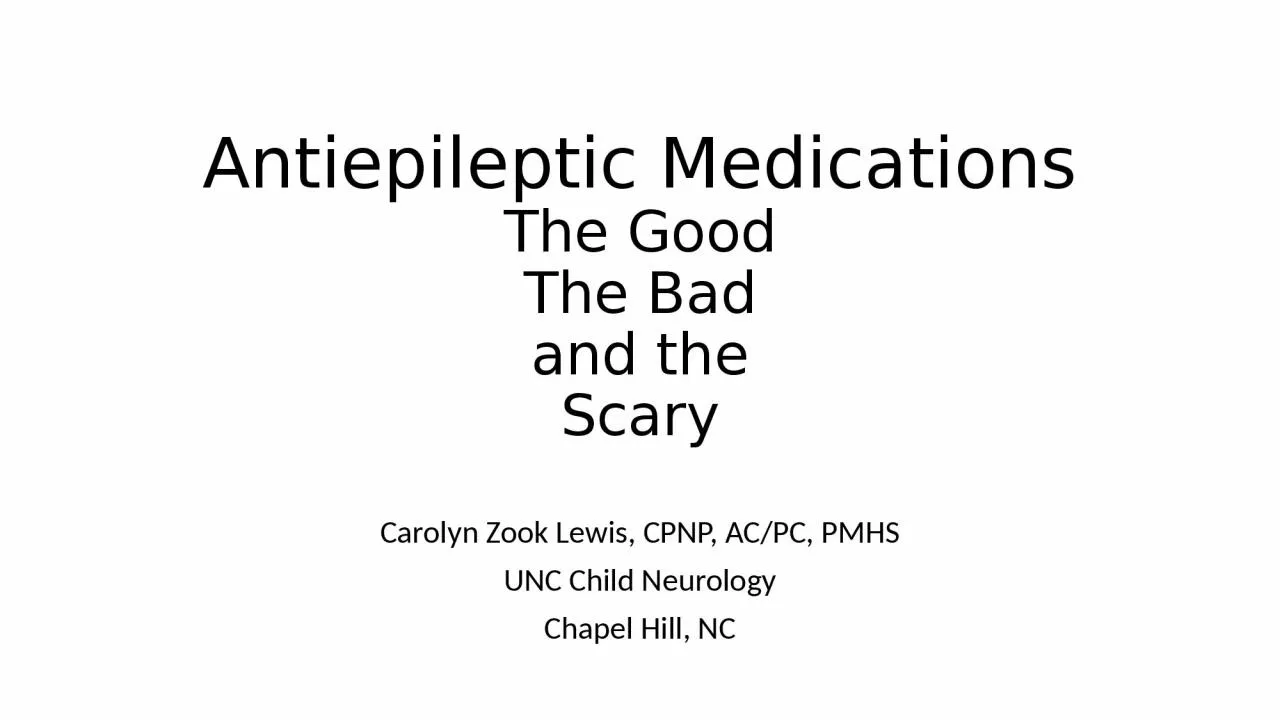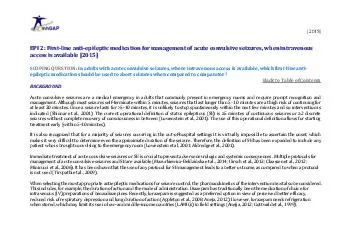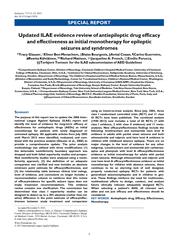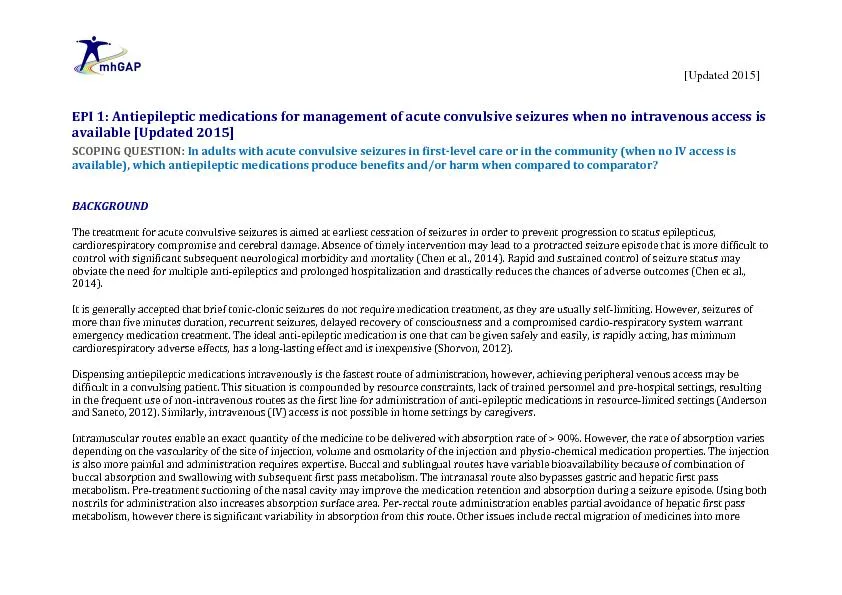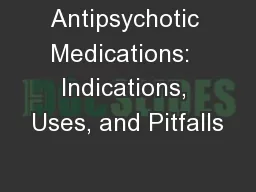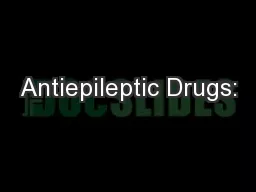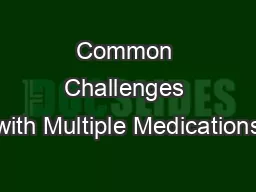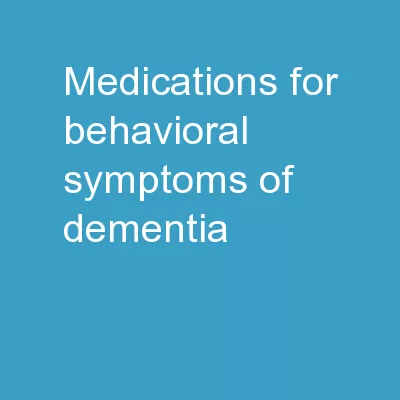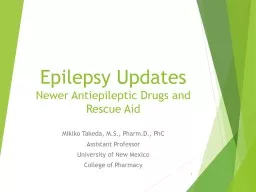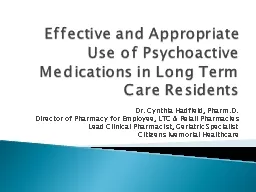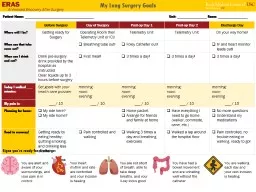PPT-Antiepileptic Medications
Author : harmony | Published Date : 2022-06-15
The Good The Bad and the Scary Carolyn Zook Lewis CPNP ACPC PMHS UNC Child Neurology Chapel Hill NC Learning Objectives Describe the factors that would guide selection
Presentation Embed Code
Download Presentation
Download Presentation The PPT/PDF document "Antiepileptic Medications" is the property of its rightful owner. Permission is granted to download and print the materials on this website for personal, non-commercial use only, and to display it on your personal computer provided you do not modify the materials and that you retain all copyright notices contained in the materials. By downloading content from our website, you accept the terms of this agreement.
Antiepileptic Medications: Transcript
Download Rules Of Document
"Antiepileptic Medications"The content belongs to its owner. You may download and print it for personal use, without modification, and keep all copyright notices. By downloading, you agree to these terms.
Related Documents

